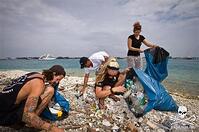February 15, 2021 |
Recent Posts
- Two-Shot Molding vs. Overmolding: What’s the Difference?
- From Breast Pumps to Nursing Pads: Why Silicone Is Ideal for Women’s Healthcare Products
- White Room vs. Clean Room Manufacturing: Key Differences
- Innovations in Medical Silicone Molding in 2025
- Injection Molding Is Ideally Suited for Medical Components: Here’s Why
- White Room Manufacturing for Healthcare & Medical Components
- How to Manufacture Medical Parts for Sustained Clinical Trials
- What ISO 13485:2016 Certification Means for a Manufacturer
- LSR Injection Molding vs. HCR Injection Molding
- DIY Silicone Molding: When to Hire a Professional





